
Section F Roman, Muslim, and Crusader Periods
Chapter 70 - Citadel (Hasmonean, Herodian, Roman, Byzantine, Muslim, Crusader, Later Muslim)
On the west side of the Old City beside the Jaffa Gate are the remains of the Citadel, which served as a fortress to defend the northwest side of the ancient city of Jerusalem. The Hasmoneans were the first to defend this western portion of the city with a wall around 150 BC. Herod built his royal palace and three towers (Hippicus, Phasael and Mariamne) here. Jesus stood before Herod Antipas in this citadel on the night he was betrayed. The Jewish revolt began here in 66 AD when Jewish rebels attacked and burnt the palace, and it was also the headquarters of the Tenth Roman Legion for 200 years after that revolt. The Crusaders and the Muslims used this location as well, rebuilding the towers and walls, and adding more of their own.
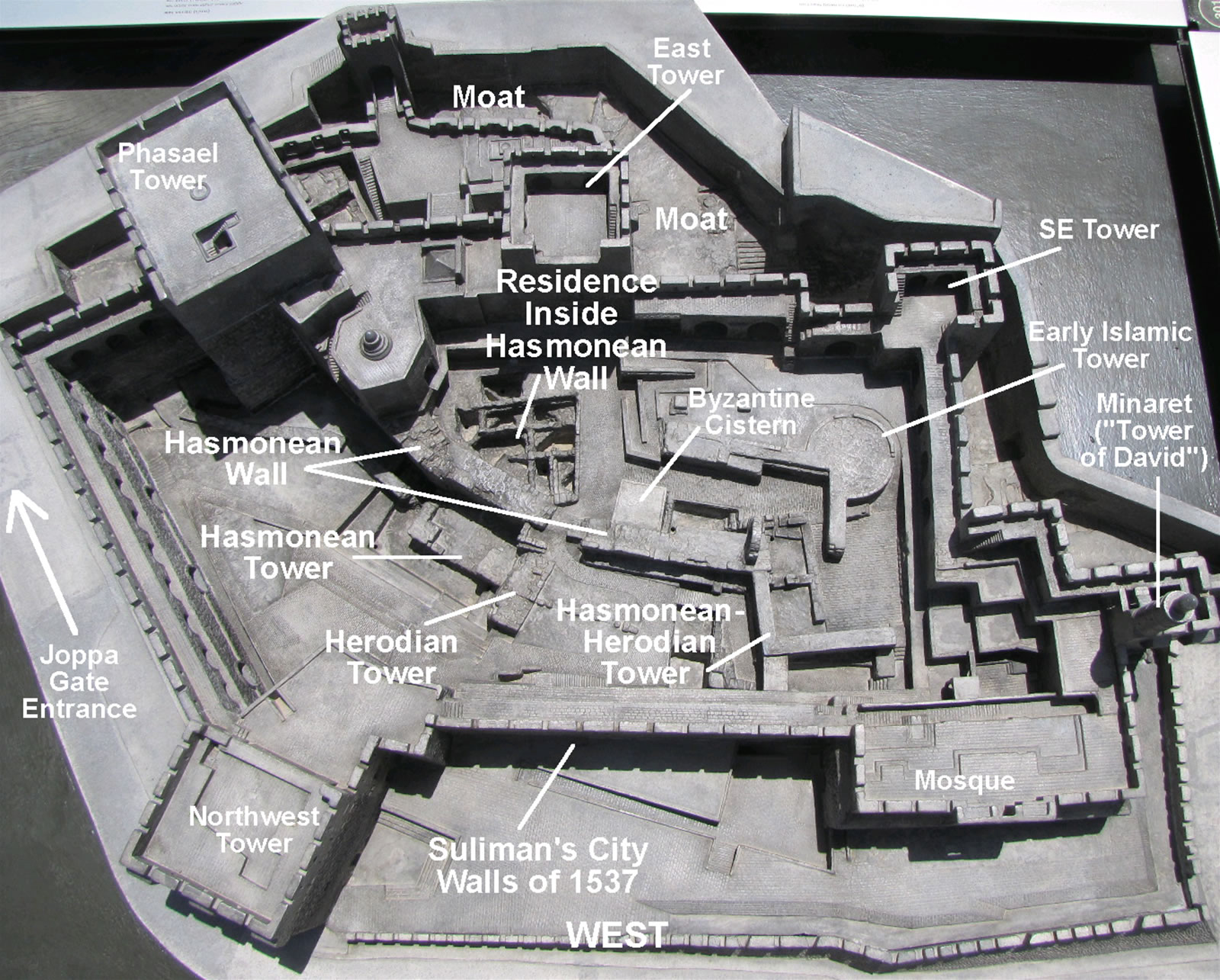
This is a model of the Citadel today.
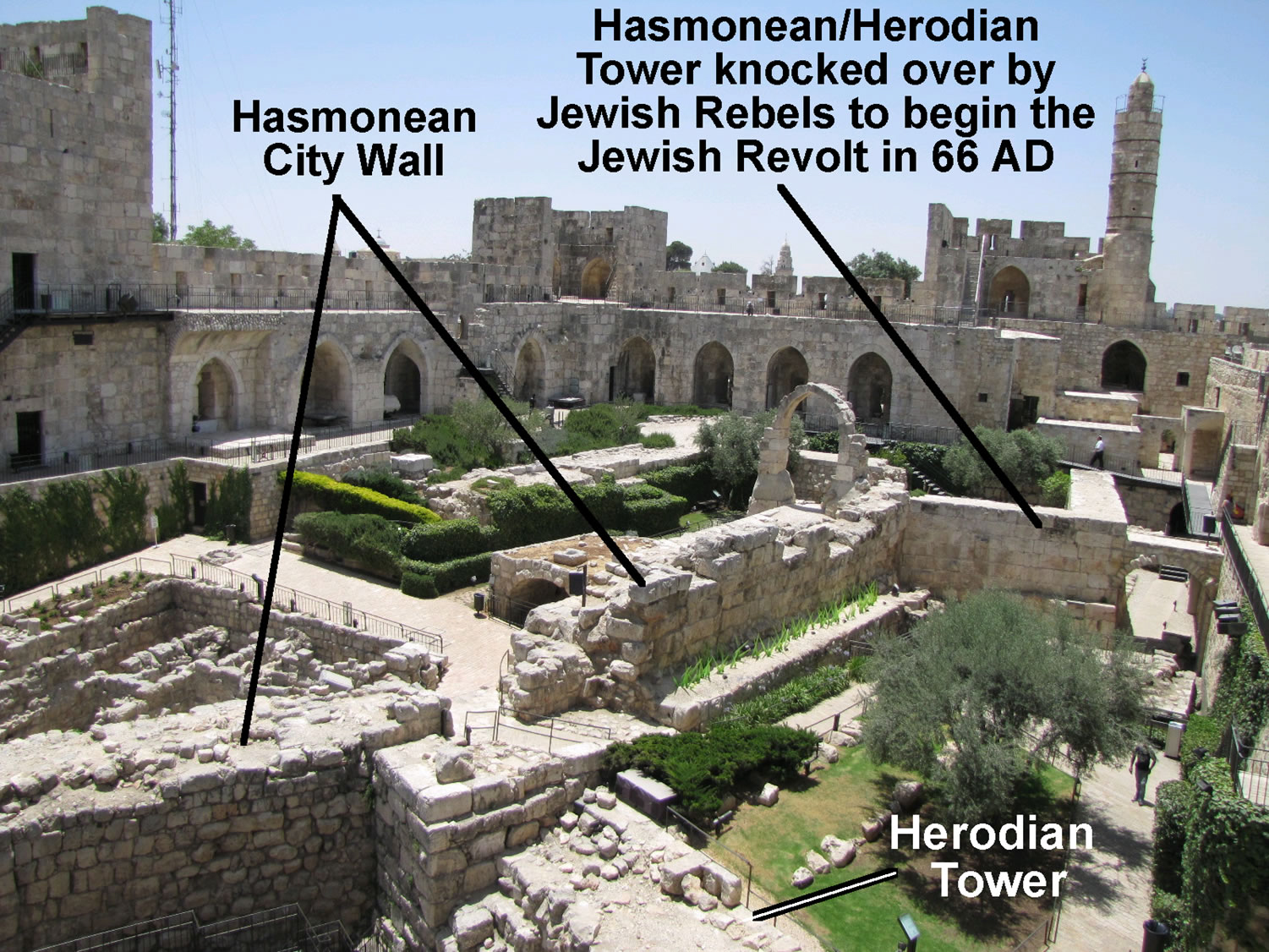
This is a view looking south at the wall line used by the Hasmoneans when they originally enclosed this area.
Herod then reinforced the wall and its towers. This line of wall continues south and connects with the wall that we see today (Suleiman’s Wall from 1535) that is just south of the tall Muslim mineret in the background.
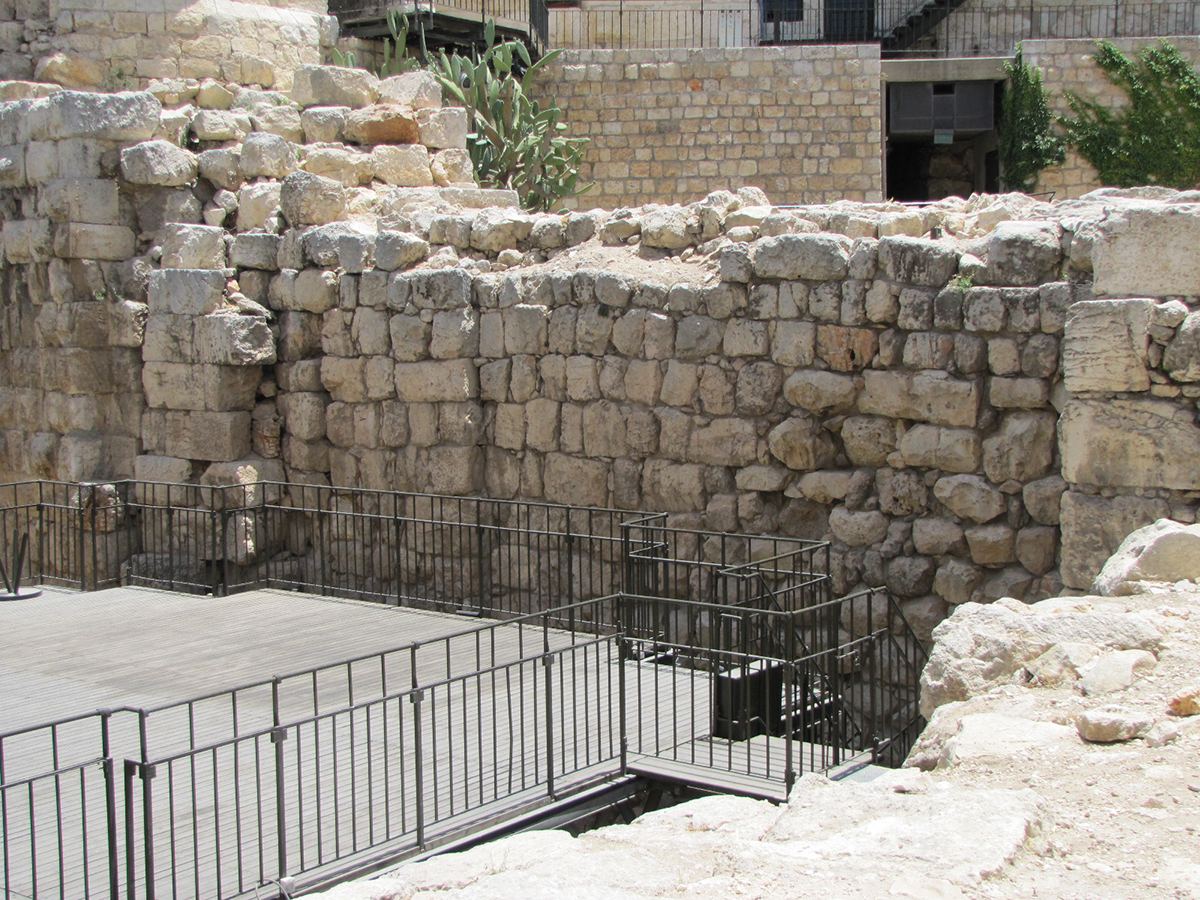
A close up of a section of the wall built by the Hasmoneans around 150 BC.
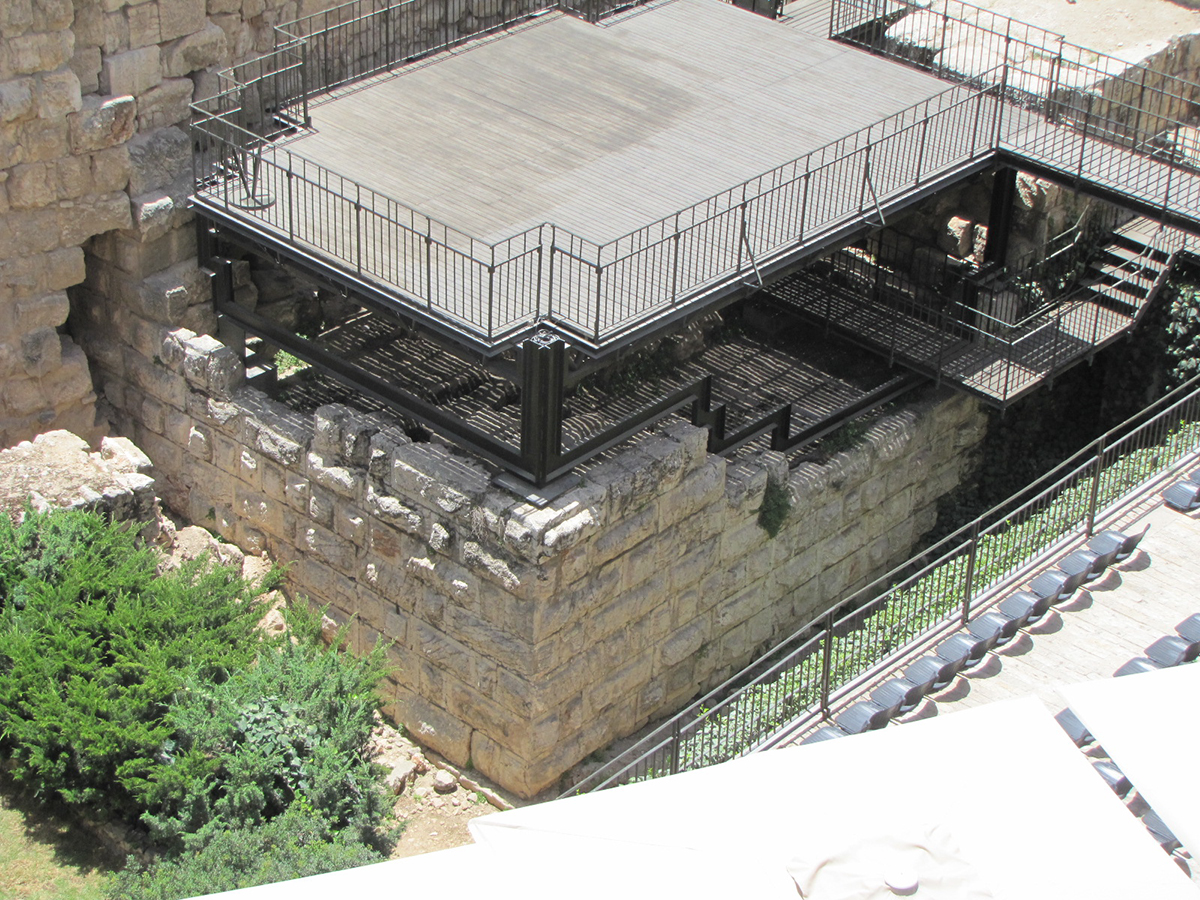
A Hasmonean Tower that sat on the outside of the Hasmonean wall.
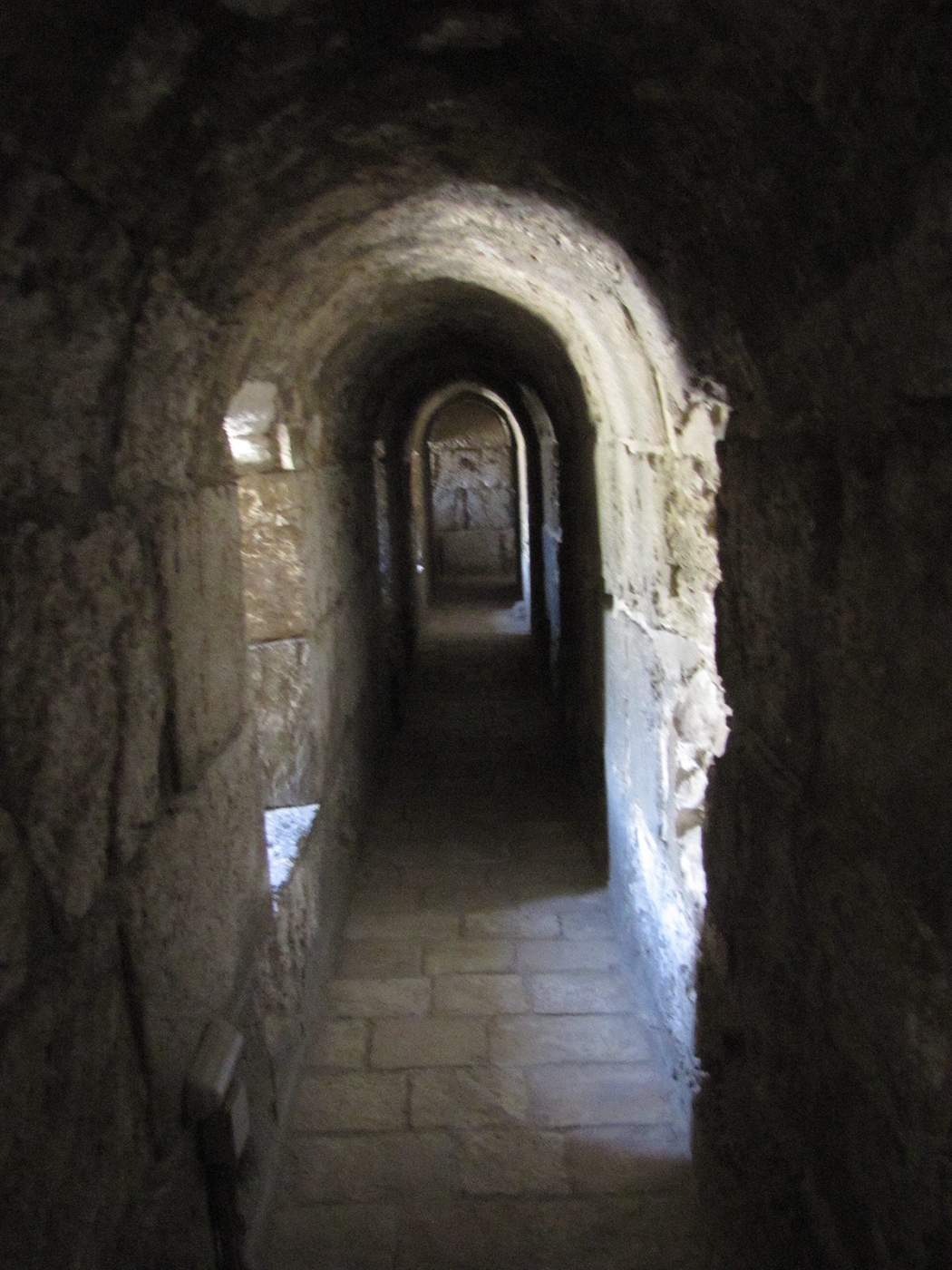
A corridor that runs around the top of a tower in the Citadel next to the Jaffa Gate. It dates from the 1500’s and held archers and other defenders.
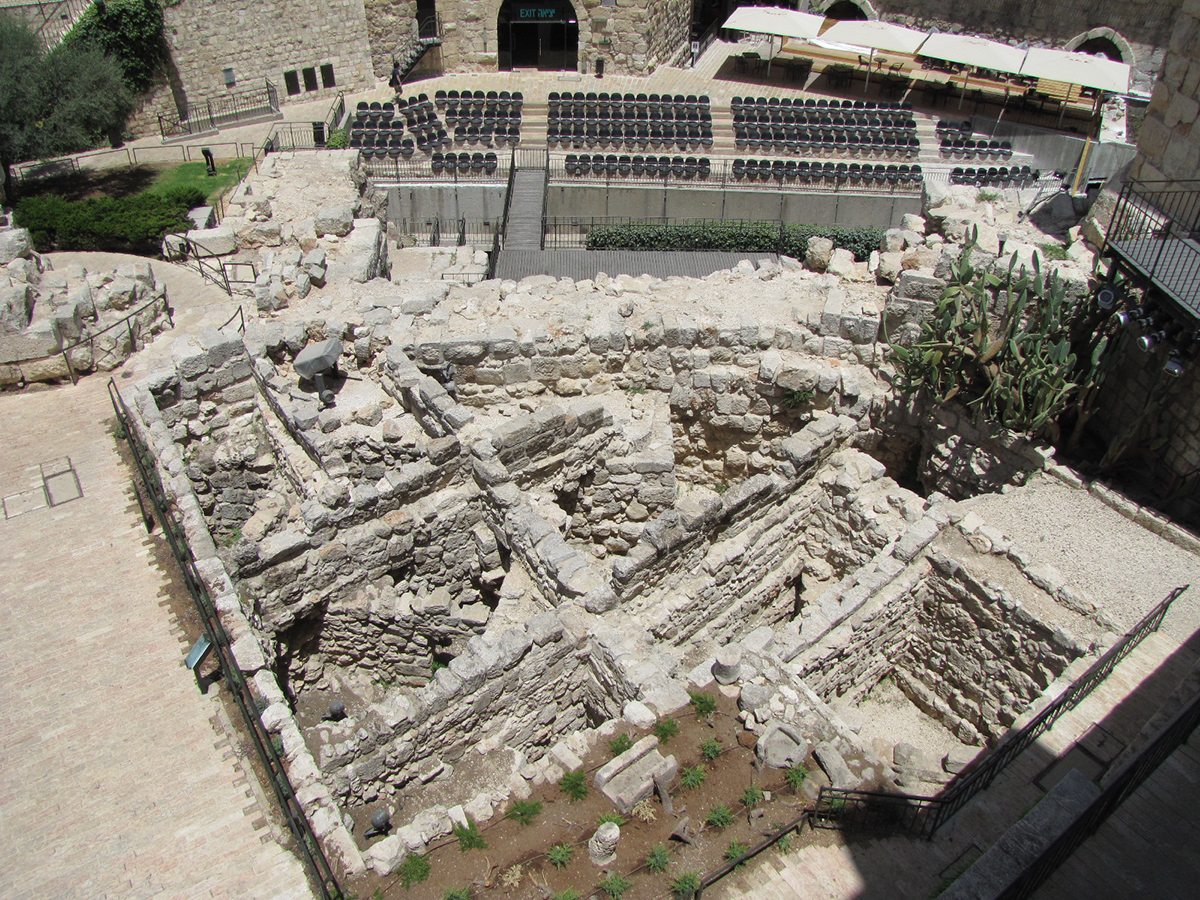
Looking down at some of the residences that were built inside the citadel wall.
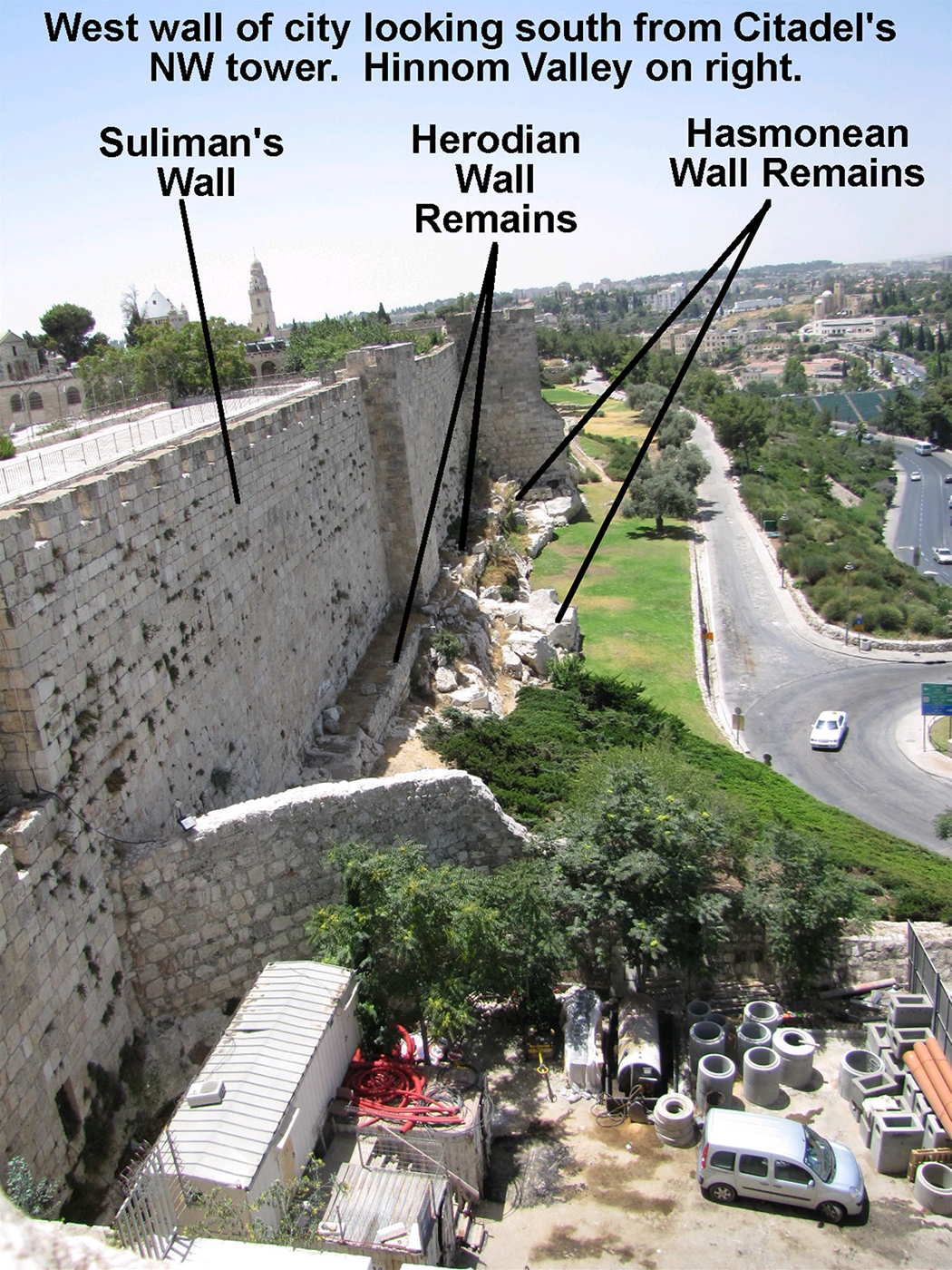
A view from the top of the Citadel looking south along the western wall of the Old City.
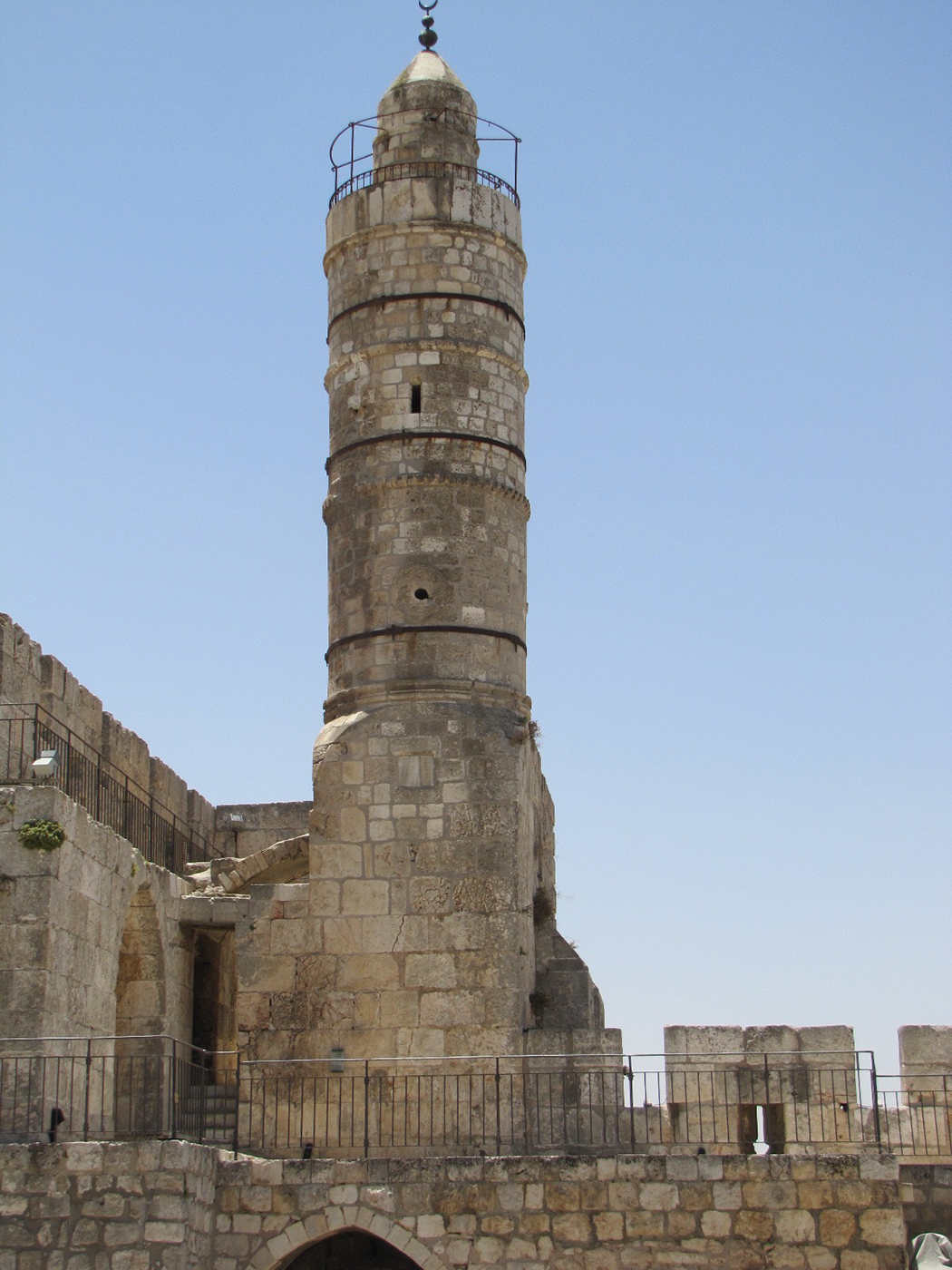
The so-called (and erroneously called) Tower of David is a Muslim minaret located in the Citadel. It is a familiar landmark and easily recognizable in Jerusalem.